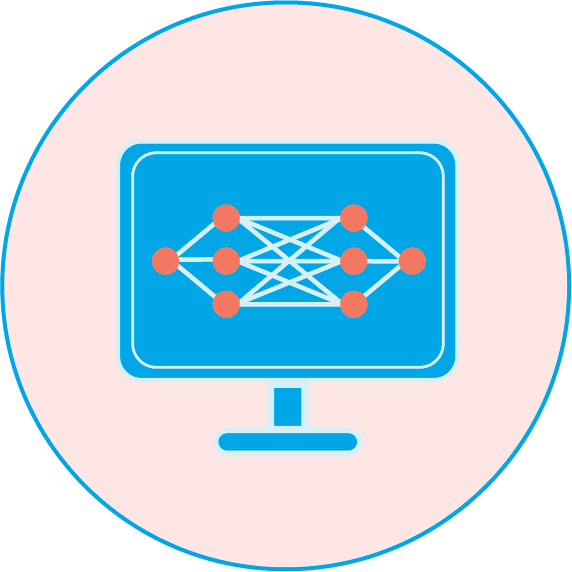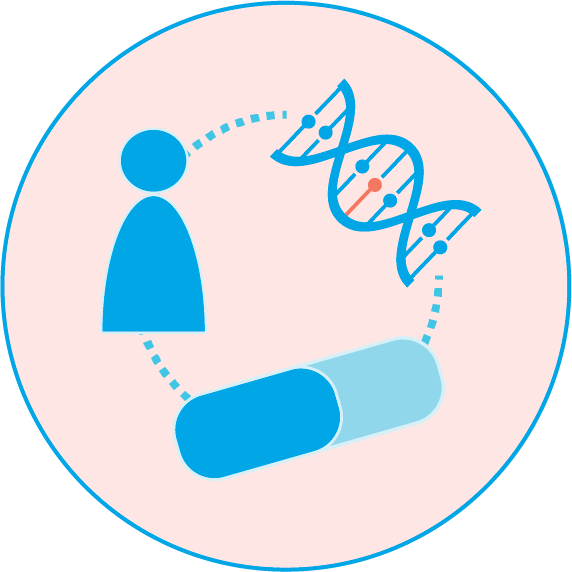Talks and poster presentations are scheduled on 12 and 13 September 2023. The main conference topics are:
- Dynamics of immune processes: from responses to pathogens to immunotherapy
- Deciphering ecology and evolution with creative genomics approaches
- Machine Learning algorithms for advancing spatial biology
- Methods in single-cell data analysis: from pre-processing to biological inference
- Precision medicine: harnessing big data for cancer and other complex diseases
- Proteins in 3D: the dynamics of protein structures and their interactions
Abstracts that do not fit into any of the above-mentioned categories can be submitted under the category “Others”.
If you have been part of an interesting project combining private and public sector stakeholders, companies of all sizes and researchers are invited to present their joint projects during the special session on industry-academia collaborations.
A limited number of screens will be available, to facilitate the presentation of software, simulations, imaging results or other complex analyses and research. Demonstrating to participants for example how to run your software, being able to show animations, or zooming into complex 3D microscopy images, may help to better communicate your message. When submitting your abstract for the categories Poster + poster pitch (see below for details) or Poster only, you will be asked to indicate if and which elements of your research will benefit from this interactive poster format. The Scientific Committee will assess your needs and assign screens according to necessity and availability.
Important dates
- 9 January 2023 - Call for abstracts opens
- 15 March 2023 - Call for abstracts closes
- beginning June 2023 - Abstract acceptance notification
- 12 and 13 September 2023 - Presentation at [BC]2






 Session description:
Session description:  ncludes but is not limited to:
ncludes but is not limited to:  Session description: Over the past two decades, the world of biomedical research has undergone a fast digital transformation, representing both a challenge and an opportunity. This is particularly true in biomedical imaging, where recent advances in sequencing- and imaging-based approaches have led to spatial transcriptomics and spatial proteomics, enabling the unbiased quantification and localization of genes or proteins throughout a given tissue. The resulting data can then be analyzed to generate critical insights from patient samples (e.g., tumor biopsies). These insights can, for example, help select cancer treatment options and identify mechanisms of response and relapse to a specific treatment. Despite their extraordinary potential, spatial datasets present significant challenges for analysis. Spatial experiments generate large and complex datasets requiring specialized computational tools able to leverage the spatial structure of cells in a tissue. This session aims to discuss open computational problems in spatial biology and present recent machine-learning algorithms to decipher tissue structure and cellular organization using spatial data.
Session description: Over the past two decades, the world of biomedical research has undergone a fast digital transformation, representing both a challenge and an opportunity. This is particularly true in biomedical imaging, where recent advances in sequencing- and imaging-based approaches have led to spatial transcriptomics and spatial proteomics, enabling the unbiased quantification and localization of genes or proteins throughout a given tissue. The resulting data can then be analyzed to generate critical insights from patient samples (e.g., tumor biopsies). These insights can, for example, help select cancer treatment options and identify mechanisms of response and relapse to a specific treatment. Despite their extraordinary potential, spatial datasets present significant challenges for analysis. Spatial experiments generate large and complex datasets requiring specialized computational tools able to leverage the spatial structure of cells in a tissue. This session aims to discuss open computational problems in spatial biology and present recent machine-learning algorithms to decipher tissue structure and cellular organization using spatial data. Session description: Clinical implementation of the promises of precision medicine in oncology and complex diseases requires in-depth molecular characterization of patient samples and robust data analysis tools. To face this challenge, new experimental and computational technologies are being developed to characterize the genomic, transcriptomic, and other molecular characteristics of profiled samples. This session aims at covering the latest technological and computational developments in this fast-evolving field.
Session description: Clinical implementation of the promises of precision medicine in oncology and complex diseases requires in-depth molecular characterization of patient samples and robust data analysis tools. To face this challenge, new experimental and computational technologies are being developed to characterize the genomic, transcriptomic, and other molecular characteristics of profiled samples. This session aims at covering the latest technological and computational developments in this fast-evolving field. Session description: the folding of proteins into their biologically functional 3D structures is a complex and sensitive process that is crucial to their activity. Accordingly, misfolded proteins are linked to a variety of malfunctions and diseases. Due to the importance of protein 3D structures and their dynamics for their activity, huge efforts have gone into their prediction and determination. With recent breakthroughs by deep-learning based methods such as AlphaFold, highly accurate protein structure predictions have become available for a large part of the protein universe. This session aims at highlighting some of the recent advances in protein structure determination and prediction and to exploring new opportunities that are becoming possible by the interplay between computational and experimental approaches.
Session description: the folding of proteins into their biologically functional 3D structures is a complex and sensitive process that is crucial to their activity. Accordingly, misfolded proteins are linked to a variety of malfunctions and diseases. Due to the importance of protein 3D structures and their dynamics for their activity, huge efforts have gone into their prediction and determination. With recent breakthroughs by deep-learning based methods such as AlphaFold, highly accurate protein structure predictions have become available for a large part of the protein universe. This session aims at highlighting some of the recent advances in protein structure determination and prediction and to exploring new opportunities that are becoming possible by the interplay between computational and experimental approaches. Session description: Single-cell technologies are revolutionizing biomedical research, enabling characterization of biological systems at an unprecedented scale and resolution. Robust computational methods are the backbone of this revolution. In this session, we invite submission of abstracts discussing new computational methods to process and interpret high-throughput single-cell/single-nucleus data, including scRNA-seq, scATAC-seq, scDNA-seq, CyTOF, high-dimensional flow cytometry – and multi-omics approaches that combine multiple assays.
Session description: Single-cell technologies are revolutionizing biomedical research, enabling characterization of biological systems at an unprecedented scale and resolution. Robust computational methods are the backbone of this revolution. In this session, we invite submission of abstracts discussing new computational methods to process and interpret high-throughput single-cell/single-nucleus data, including scRNA-seq, scATAC-seq, scDNA-seq, CyTOF, high-dimensional flow cytometry – and multi-omics approaches that combine multiple assays.